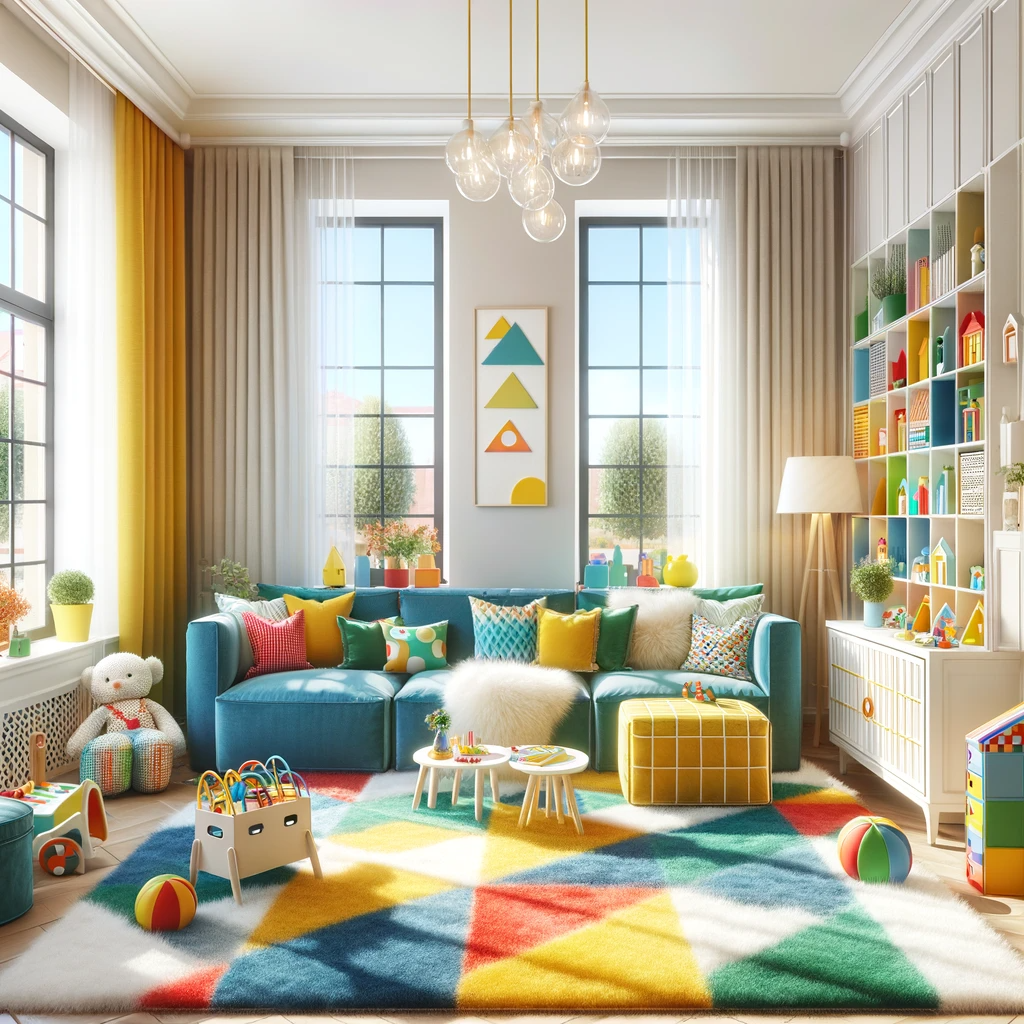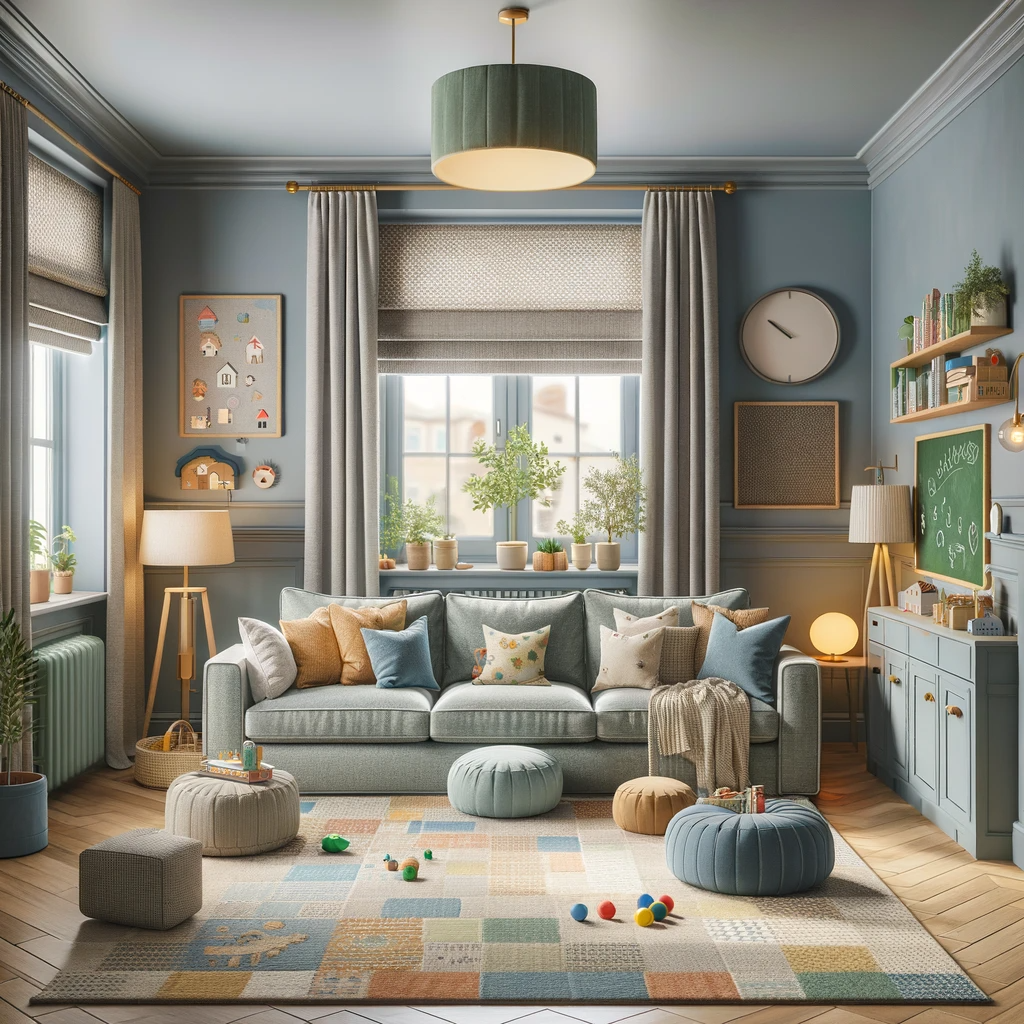8 Designer Tips for a Family Friendly Living Room
Selecting colors and décor for a family-friendly living room is a fun and creative process that combines practicality with style. If you wanted to collaborate with me, we would hammer out your unique design style and specific needs for your family and design with intention for your space. But if we don’t get to collaborate on this project, here are some tips to get you started:
1. Choose Durable and Washable Paints
Colors: Opt for soothing and warm colors that create a welcoming atmosphere. Soft blues, warm greys, and muted greens are great choices. They are calming and hide minor scuffs well.
Finish: Go for satin or semi-gloss finishes for walls. They're easier to clean compared to flat finishes.
2. Furniture Selection
Materials: Consider materials that are durable and easy to clean, like leather or microfiber for sofas.
Design: Look for rounded corners, especially if you have young children. Storage ottomans can be a great addition for tucking away toys.
3. Flooring
Rugs: Area rugs add warmth and are perfect for play areas. Choose ones that are easy to clean or have patterns that can hide stains.
Floor Type: Hardwood floors with area rugs are often easier to maintain than wall-to-wall carpeting.
4. Window Treatments
Safety and Function: Avoid long drapes that children can pull on. Blinds or roman shades are safer and provide good light control.
Color and Texture: Match them with your overall color scheme, but consider adding textures for visual interest.
5. Lighting
Layers of Light: Combine overhead lighting with floor lamps and table lamps for a cozy feel.
Dimmers: Installing dimmers can help adjust the room's ambiance, especially during family movie nights.
6. Decorative Elements
Wall Art: Choose art that is meaningful to your family. It could be children’s artwork, family photos, or prints that complement your color scheme.
Accessories: Cushions, throws, and plants can add color and texture. Make sure they are not too precious and can withstand everyday family life.
7. Storage Solutions
Hidden Storage: Use furniture with built-in storage for toys, books, and electronics.
Shelving: Open shelving can display decorative items while keeping them out of reach of little hands.
8. Child-Friendly Touches
Play Area: Dedicate a corner for a small play area with a colorful mat and child-sized furniture.
Interactive Decor: Consider a chalkboard wall or a low-hanging corkboard for kids to display their creations.
Final Tips:
Test Paint Colors: Always test paint colors on your walls and observe them at different times of the day as lighting can change their appearance.
Family Input: Get input from all family members. This ensures the space meets everyone's needs and preferences.



